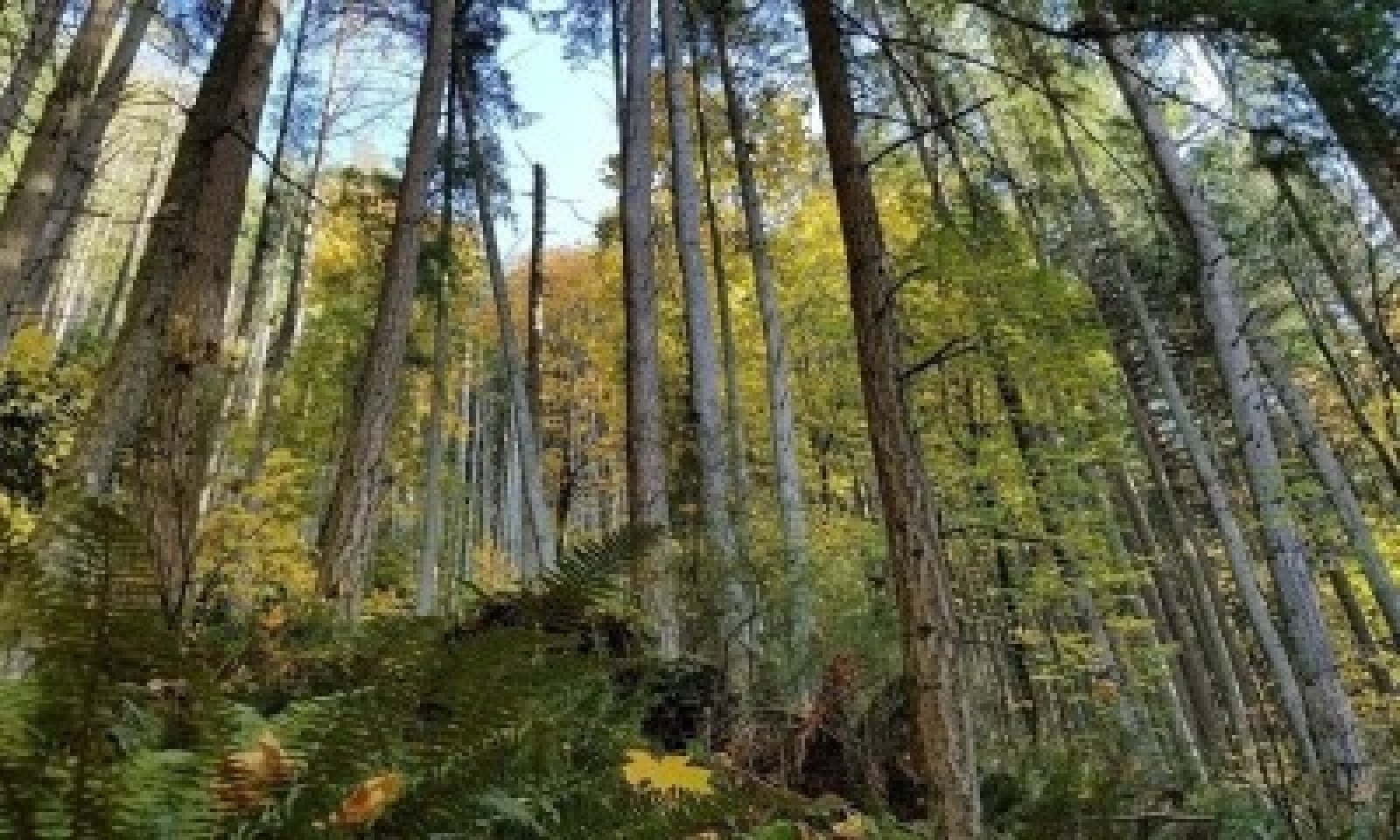
Puget Lowlands Forest
Scenario model
Current ecosystem state
Select a state
Management practices/drivers
Select a transition or restoration pathway
- Transition T1A More details
- Transition T1B More details
- Transition R2A More details
- Transition T2A More details
- Restoration pathway R3A More details
- Restoration pathway T3A More details
-
No transition or restoration pathway between the selected states has been described
Target ecosystem state
Select a state
Description
Western hemlock and Douglas-fir mosaic.
Submodel
Submodel
Mechanism
This transition represents a shift to a Douglas-fir and western hemlock timber plantation management system. This transition is typically initiated by clear cut of old forest in the reference state but can be initiated after a large stand-replacing fire in the reference state. Management actions include even-aged harvests and replanting of evenly spaced Douglas-fir. Other tree species, especially non-conifers such as madrone and maple, are heavily controlled to promote maximum dominance and growth of Douglas-fir.
Mechanism
This transition is caused by an intentional clearing of land or a stand replacing fire in state 1, followed by intense, frequent disturbance such as grazing, mowing, crop production, or frequent fire to prevent trees from re-establishing. This transition can be initiated from any community in state 1.
Mechanism
This restoration occurs by artificial or natural re-establishment over time of species resembling overstory and understory diversity typical of the reference state. This transition can be initiated from any community phase in state 2.
Mechanism
This transition is caused by an intentional clearing of land or a stand replacing fire in state 2, followed by intense, frequent disturbance such as grazing, mowing, crop production, or frequent fire to prevent trees from re-establishing. This transition can be initiated from any community phase in state 2.
Mechanism
This restoration occurs by artificial or natural re-establishment over time of species resembling overstory and understory diversity typical of the reference state. Intentional planting, site preparation, and control of competing invasive weeds will accelerate this transition. This transition can be initiated from any community phase in state 3.
Mechanism
This transition occurs with a change in land management from a cleared non-forest state to a Douglas-fir plantation. The site is typically treated mechanically or with fire to prep the seed bed before planting Douglas-fir on an even spacing. Competing species are heavily controlled to improve seedling survival and growth. This transition can be initiated from any community phase in state 3.
Model keys
Briefcase
Add ecological sites and Major Land Resource Areas to your briefcase by clicking on the briefcase (![]() ) icon wherever it occurs. Drag and drop items to reorder. Cookies are used to store briefcase items between browsing sessions. Because of this, the number of items that can be added to your briefcase is limited, and briefcase items added on one device and browser cannot be accessed from another device or browser. Users who do not wish to place cookies on their devices should not use the briefcase tool. Briefcase cookies serve no other purpose than described here and are deleted whenever browsing history is cleared.
) icon wherever it occurs. Drag and drop items to reorder. Cookies are used to store briefcase items between browsing sessions. Because of this, the number of items that can be added to your briefcase is limited, and briefcase items added on one device and browser cannot be accessed from another device or browser. Users who do not wish to place cookies on their devices should not use the briefcase tool. Briefcase cookies serve no other purpose than described here and are deleted whenever browsing history is cleared.
Ecological sites
Major Land Resource Areas
The Ecosystem Dynamics Interpretive Tool is an information system framework developed by the USDA-ARS Jornada Experimental Range, USDA Natural Resources Conservation Service, and New Mexico State University.
